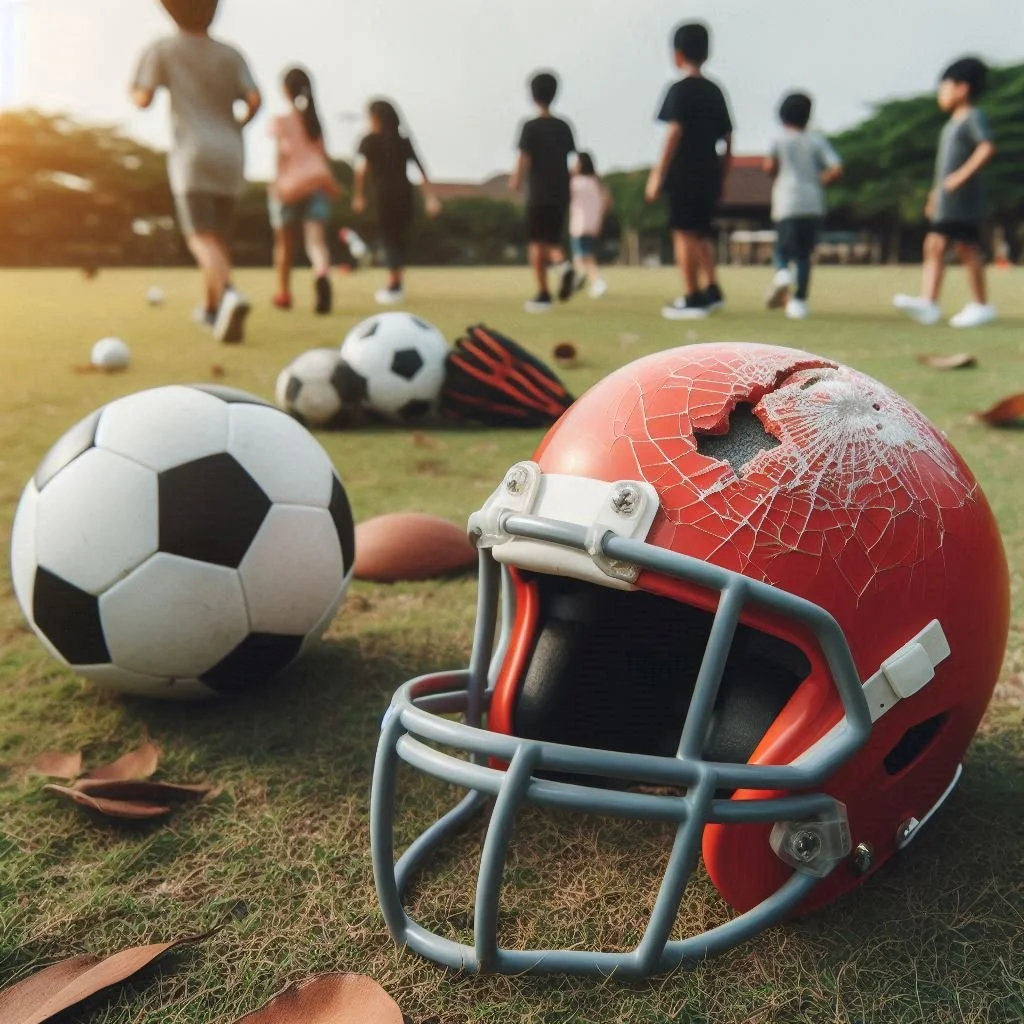Protecting Our Youth: The Hidden Dangers of High School Contact Sports and the Rising Threat of Fatal Brain Injuries
In recent weeks, the tragic deaths of two high school football players in Alabama due to brain injuries have highlighted a deeply concerning issue: the inherent dangers of contact sports in high schools. These incidents underscore a problem that is often downplayed or ignored in our culture's fascination with sports—a problem that warrants urgent attention and serious reflection.
The Fragility of the Developing Brain
Young athletes are not merely smaller adults. Their brains are still developing, making them particularly vulnerable to the effects of trauma. In contact sports like football, the potential for catastrophic injury is ever-present. The developing brain, when subjected to repeated blows, can suffer from concussions and more severe traumatic brain injuries (TBI). Even when these injuries are not immediately fatal, the long-term consequences can be devastating, leading to chronic conditions such as CTE (chronic traumatic encephalopathy), memory loss, depression, and aggressive behavior.
The Myth of Toughness
There is a pervasive belief that enduring pain and injury is a testament to toughness—a mark of character. But when it comes to brain injuries, this notion is not only misguided but dangerous. The brain does not toughen up through repeated trauma; it deteriorates. The glorification of this kind of toughness in sports is not only a betrayal of reason but a violation of our responsibility to protect the young people under our care.
The Role of Responsibility
Parents, coaches, and school administrators bear a tremendous responsibility in this context. It is not enough to cheer on the sidelines or offer platitudes about the benefits of sports. They must actively engage in understanding the risks and advocating for safer practices. This includes demanding proper equipment, ensuring that medical personnel are present during games, and creating an environment where players feel safe reporting injuries without fear of being seen as weak.
Furthermore, the culture around these sports must shift. The acceptance of head injuries as “part of the game” is a gross abdication of the duty to protect. The deaths of these young athletes should serve as a wake-up call—a reminder that the price of ignoring these risks is far too high.
A Call for Re-Evaluation
Given the evidence and the recent tragedies, it is imperative that we re-evaluate the role of contact sports in high schools. This is not a call to abolish these sports but to reassess how they are conducted. Are we doing everything we can to mitigate the risks? Are the games truly worth the potential for lifelong disability or death?
The question we must ask ourselves is this: What kind of society allows its children to be exposed to such risks in the name of entertainment or tradition? The answer will reveal much about our values and our willingness to protect the most vulnerable among us.
The recent deaths of these young athletes are not isolated incidents. They are part of a broader pattern that demands our immediate attention and action. We must confront the dangers of contact sports head-on, with the seriousness and urgency that these tragedies deserve. Only then can we begin to protect our children from the very real dangers that lie hidden in the games they play.

